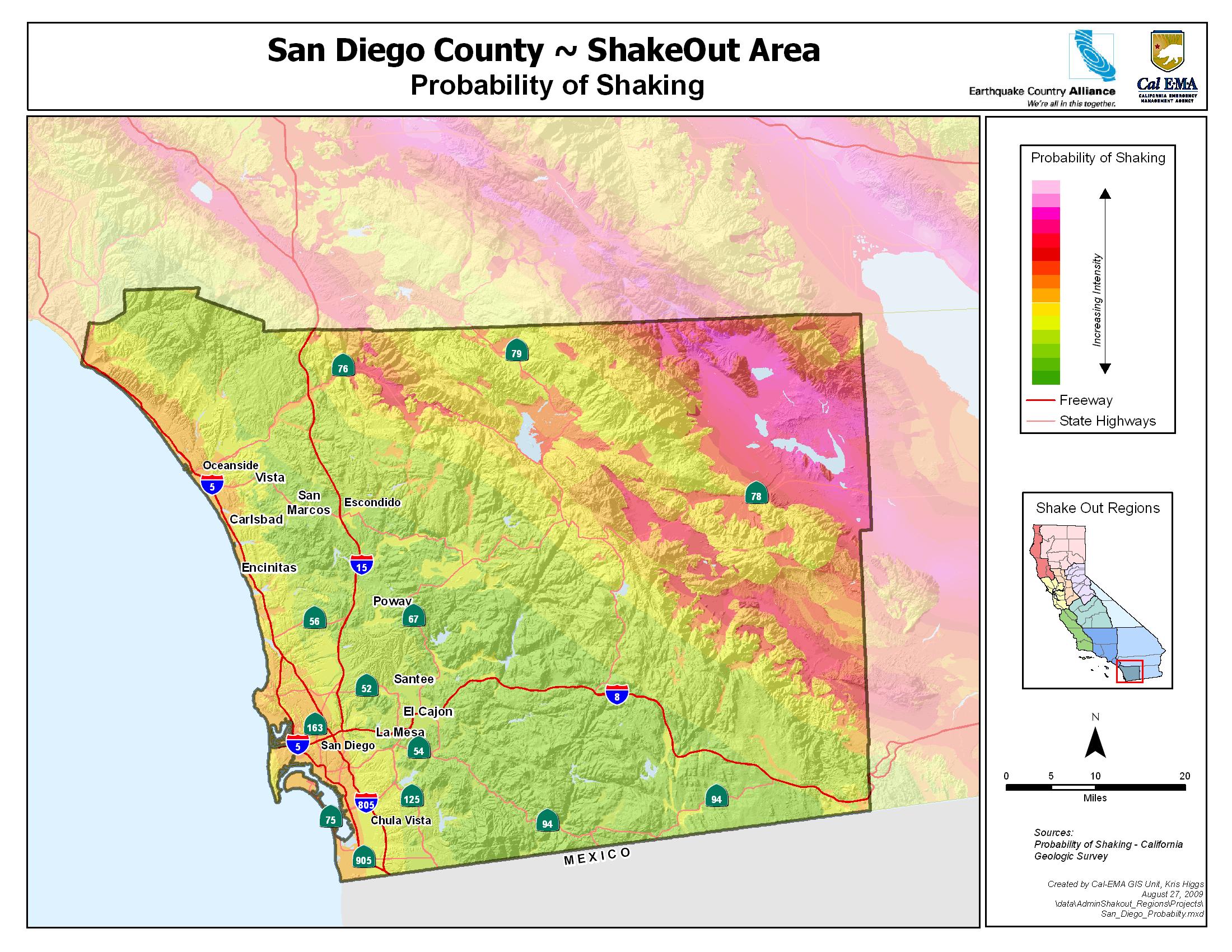Understanding the Risks: The San Diego Earthquake Threat
In recent years, the prevalence of earthquakes in California, especially in regions like San Diego, has become a significant concern for residents and businesses alike. Understanding the earthquake risks in San Diego is crucial for effective preparedness and response strategies. In this article, we will delve deep into the nature of earthquakes, particularly in the San Diego area, explore their implications, and discuss essential preparedness measures to ensure safety for individuals and businesses.
What is an Earthquake?
An earthquake occurs when there is a sudden release of energy in the Earth’s crust, leading to seismic waves. This release is often due to the movement of tectonic plates, which can result in ground shaking, surface rupture, and even tsunamis. California is no stranger to seismic activity, and the San Diego region, positioned on multiple fault lines, faces its own unique risks.
The Seismic Profile of San Diego
San Diego, situated along the Pacific Ring of Fire, is susceptible to earthquakes. The city is near several fault lines, including the Rose Canyon Fault and the San Andreas Fault system. According to data from ShakeOut, the risks associated with earthquakes in San Diego are not only about the immediate physical impacts but also about potential long-term disruptions to infrastructure and community resources.
Understanding the Hazards
The potential hazards from an earthquake in San Diego can be grouped into several categories:
- Ground Shaking: This is the most direct effect of an earthquake and can lead to structural damage in buildings, roads, and bridges.
- Surface Rupture: The shifting of the Earth’s surface along a fault line can create fissures that may disrupt infrastructure.
- Soil Liquefaction: In certain conditions, saturated soils can lose stiffness and strength during shaking, causing buildings and other structures to sink or tilt.
- Tsunamis: While San Diego is less at risk for tsunamis compared to coastal areas further north, a significant offshore earthquake could still generate waves, putting the coastline at risk.
Statistics on Earthquakes in San Diego
Historical data has shown that San Diego experiences minor earthquakes frequently, but major seismic events are less common. Nevertheless, the potential for significant earthquakes remains a concern for residents and businesses. The ShakeOut website provides critical statistics highlighting various earthquake scenarios that businesses should be aware of:
- Major earthquakes (magnitude 6.0 or higher) have a probability of occurring in the San Diego area within the next 30 years.
- The economic impact of a significant earthquake could reach billions of dollars in damages, making preparedness not just a safety issue but a financial imperative.
Preparedness for Earthquakes
For businesses and HR professionals, preparing for the possibility of an earthquake goes beyond simple awareness; it involves creating comprehensive emergency plans, training employees, and ensuring that facilities are equipped to handle seismic events.
Here are actionable steps that organizations can take to enhance their earthquake preparedness:
- Conduct Risk Assessments: Evaluate your facility’s exposure to seismic hazards and understand how these risks can affect your operations.
- Develop an Emergency Plan: Create a plan that includes evacuation routes, emergency contacts, and procedures for both employees and clients during an earthquake.
- Training and Drills: Regularly train employees on emergency procedures and conduct drills to ensure they are prepared for an earthquake.
- Structural Mitigation: Retrofit buildings to make them more earthquake-resistant and regularly inspect infrastructure for vulnerabilities.
- Emergency Supplies: Keep a stock of emergency supplies, including food, water, first-aid kits, and communication devices, to support employees during an emergency.
The Role of Technology in Earthquake Preparedness
As businesses increasingly turn to technology to enhance their operational resilience, AI consulting can play a pivotal role in earthquake preparedness. By leveraging data analytics, companies can better understand seismic risks, and through systems such as n8n, an open-source workflow automation tool, organizations can automate alerts and responses during seismic events. Here’s how:
- Automated Alerts: Use n8n to create workflows that send alerts to employees and stakeholders during an earthquake or when seismic activities are detected.
- Data Integration: Integrate various data sources to assess risks and make informed decisions based on real-time information.
- Streamlining Emergency Responses: Automate communication with local authorities and emergency services to ensure rapid response and coordination during an event.
Conclusion
Understanding the earthquake risks in San Diego is not just for geologists or emergency managers; it is a critical consideration for every business leader and HR professional. With the potential for significant seismic events, the need for preparedness cannot be understated. By investing in understanding these risks, developing robust emergency plans, and embracing technology for enhanced response capabilities, organizations can better safeguard their employees and assets against the threat of earthquakes.
For more information on earthquake hazards in San Diego, visit the ShakeOut resource page to access a wealth of data, guidelines, and tools to help you prepare.






